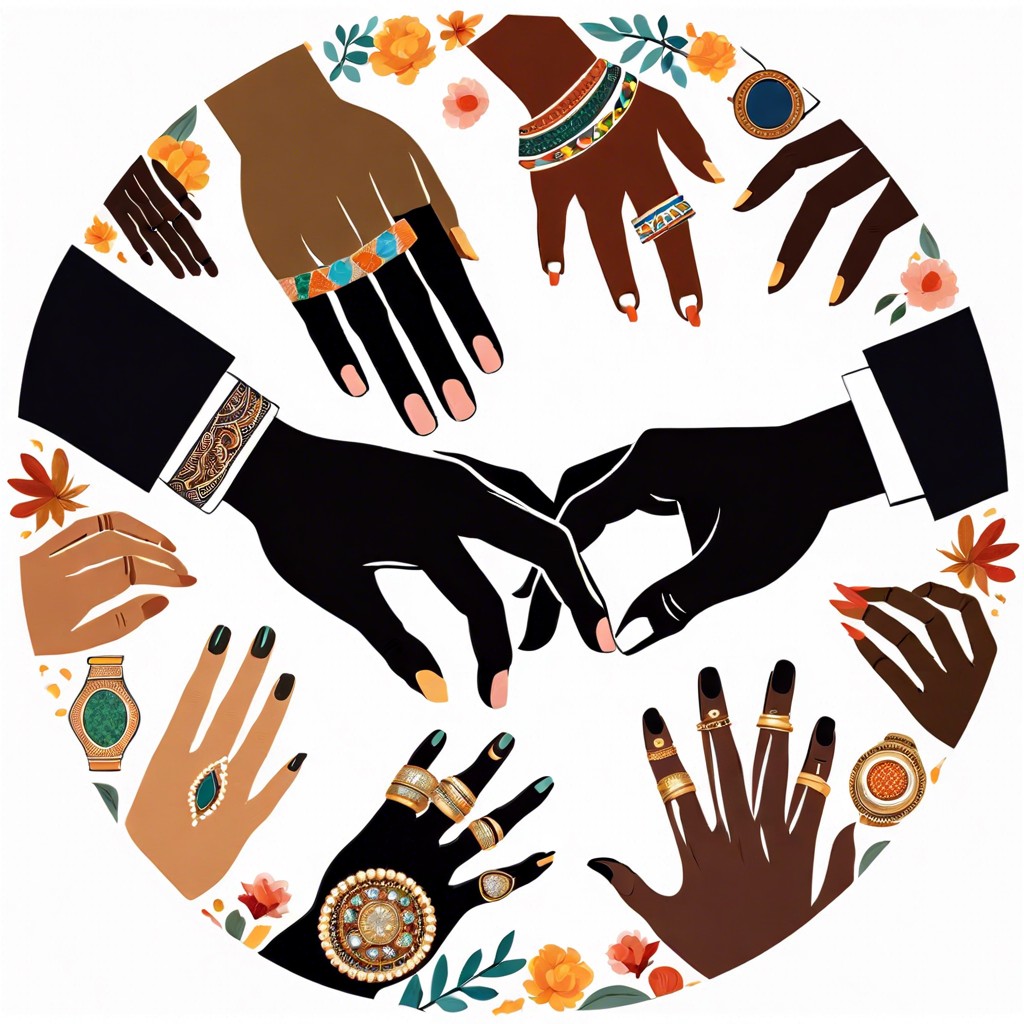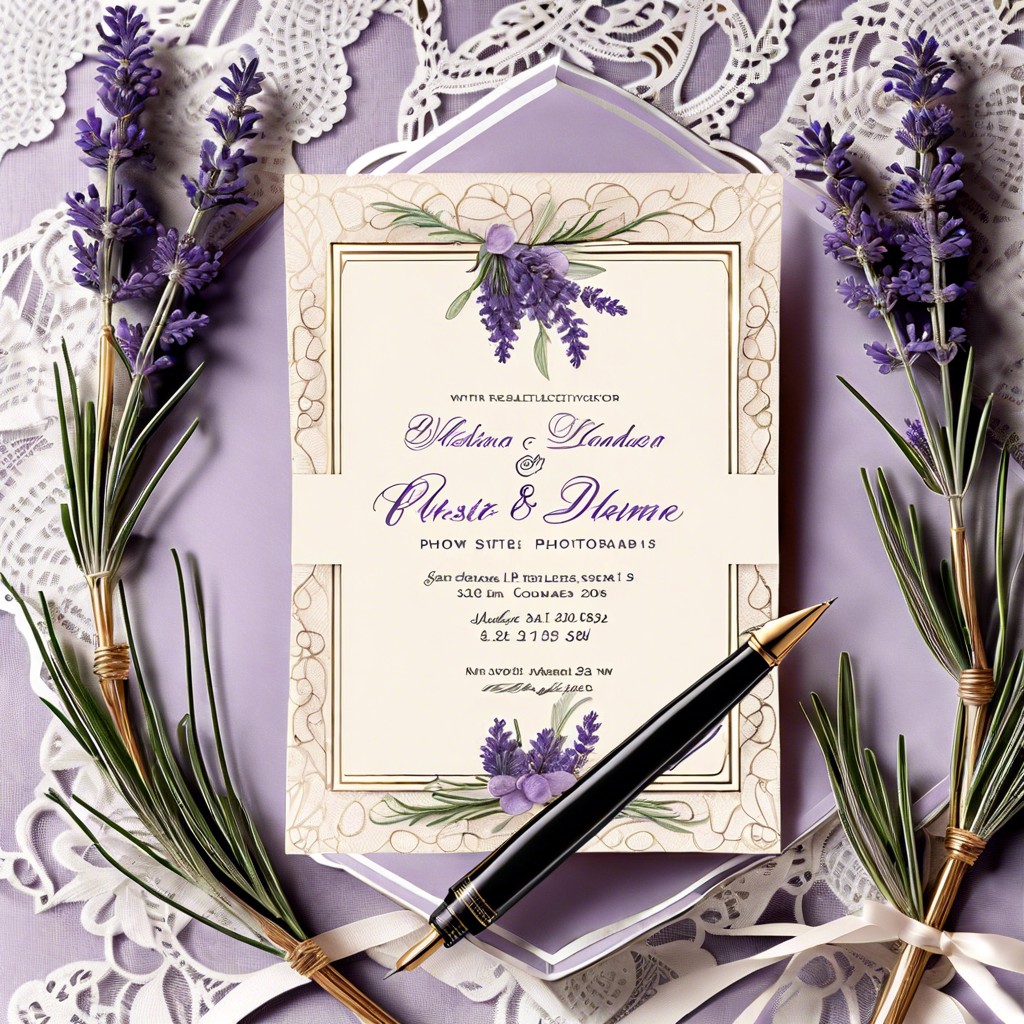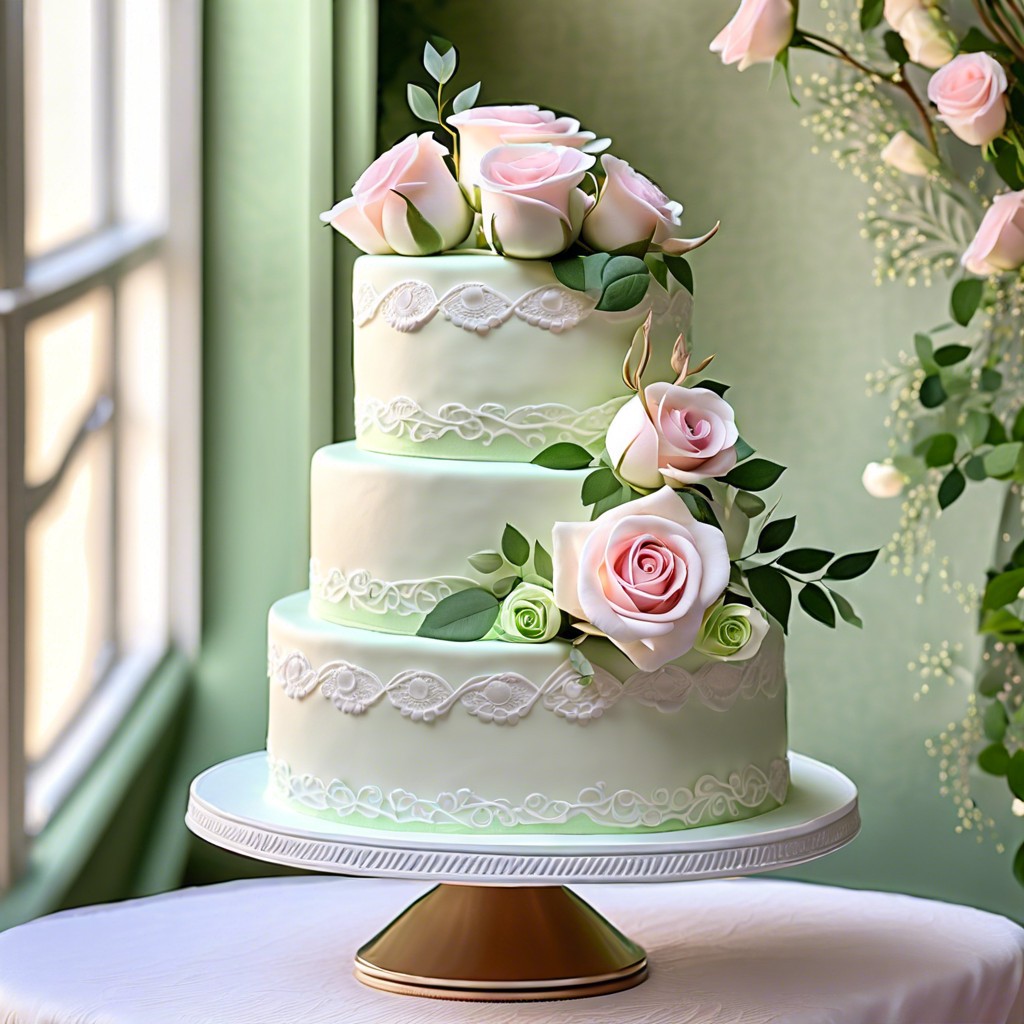Unravel the traditions, significance, and culture behind why the wedding ring is worn on the third finger of the left hand in this informational feature.
Key takeaways:
- The ring finger is traditionally the fourth finger on the left hand.
- Rings on different fingers can have individual significance.
- The ring finger symbolizes commitment, love, and marital status.
- Cultural differences determine which hand and finger is used for wedding rings.
- Rings can be stacked on the ring finger to represent significant milestones.
Which Is The Ring Finger?

Traditionally, the fourth finger on the left hand is designated as the ring finger in many Western cultures. This custom stems from the ancient belief that a vein, referred to as the “Vena Amoris,” runs directly from this finger to the heart. Though modern science has debunked this anatomical myth, the tradition prevails as a symbol of love and commitment.
In some countries, like Russia, India, and many in Eastern Europe, the right hand plays host to the wedding band, emphasizing the hand’s significance in oaths and vows.
It’s important to note that aside from matrimonial context, rings on different fingers may carry individual significance. For example, a ring on the thumb can symbolize wealth or influence, while the middle finger doesn’t have a strong cultural association and lends itself to personal preference or style.
When selecting a ring for this significant finger, comfort and sizing are key considerations due to its proximity to the knuckle, and potential daily wear for those opting for wedding bands or engagement rings.
What Does a Ring On Different Fingers Mean?
Each finger on the hand carries its own significance when adorned with a ring:
- Thumb: Wearing a ring on the thumb is often associated with wealth and influence. In some cultures, it symbolizes freedom and individuality.
- Index Finger: Historically, rings on this finger represented class or family status, but today they may suggest leadership qualities, ambition, or a desire for assertiveness.
- Middle Finger: Because of its central location, rings worn here are believed to symbolize balance and responsibility. It’s not traditionally known for its symbolic meaning, hence it can be a comfortable choice for wearing non-symbolic rings.
- Ring Finger: Universally recognized as the home for engagement and wedding bands, wearing a ring on this finger signifies commitment, love, and marital status.
- Pinky Finger: Rings on the pinky can signify professional status. In some professions, pinky rings represent graduation with a degree in a particular field. This finger is also chosen for rings to symbolize associations, like family crest or fraternal rings.
Besides personal preference, the symbolism of ring placement can vary widely based on cultural contexts and personal beliefs. It’s always interesting to note that the interpretation of these gestures is very subjective and can differ from person to person.
Cultural Differences in Ring Finger Significance
Wedding ring customs vary significantly around the world, reflecting different traditions and beliefs. In many Western cultures, the left hand’s fourth finger is the traditional spot for wedding bands, thought to be connected to the heart by the “vein of love.” Conversely, in some Eastern European countries, such as Russia, Poland, and Bulgaria, wedding rings adorn the right hand, often associated with the juxtaposition of right-hand symbolism, such as righteousness and justice.
In India, the tradition can differ not just from one culture to another but can vary by religion as well; some Hindu brides wear rings on the right hand because the left hand is considered inauspicious. Similarly, in Jewish tradition, during the wedding ceremony, the ring is placed on the index finger of the right hand, based on ancient beliefs, but afterwards, it is commonly worn on the ring finger of the left hand.
These differences showcase not only a wide array of cultural customs but also the richness that lies in the symbolism of the rings that bind partners together. Understanding these nuances can add a layer of significance for couples who honor their heritage or embrace a global perspective in their wedding celebration.
History Behind Ring Placement On the Finger
Ancient Egyptians believed that the vein in the fourth finger of the left hand, the “vena amoris,” was directly connected to the heart, symbolizing love and fidelity. The Romans adopted this belief, calling it “vena amoris” or the vein of love. As time progressed, this romantic concept persisted, making the fourth finger the universal symbol for marriage and love in many cultures.
During the 16th century, the Christian marriage ceremony placed the ring first on the thumb and then on each finger to represent the Father, the Son, and the Holy Spirit, finally resting on the “ring finger.” This tradition has further solidified the placement of the wedding band on the designated finger.
In some cultures, ring placement has varied over the centuries due to local customs and interpretations. For example, in some Eastern traditions, the right hand is favored for symbolizing marriage because of its association with oaths and vows.
It’s intriguing to note how tradition and cultural beliefs intertwine, shaping the ways in which symbolic gestures, like the wearing of rings, convey deep human values across time and space.
Contemporary Ring Wearing Customs
In modern times, the left ring finger typically houses the engagement and wedding rings. This is especially prevalent in Western cultures due to the belief that a vein runs directly from this finger to the heart, thus symbolizing love and commitment.
For those who are left-handed or work with their hands, wearing rings on their non-dominant hand helps avoid damage or discomfort, which is why some might opt for the right hand instead.
Symbolizing different aspects of one’s life, it’s not uncommon to see stacking of rings on the ring finger, where each band represents a significant milestone such as a wedding, anniversary, or the birth of a child.
In certain cultures, the right hand is the favored location for engagement and wedding jewelry, which is traditionally due to religious or cultural practices, signifying that preferences can vary widely around the globe.
Some individuals prefer nontraditional rings, such as silicone bands, which are gaining popularity due to their practicality for active lifestyles, emphasizing the shift towards personal comfort and functionality in ring wearing customs today.
FAQ
What finger is the ring finger?
The ring finger is considered to be the third finger on the left hand.
Is the wedding ring on the right or left hand?
Traditionally, in the Western World and much of Europe, the wedding ring is worn on the fourth finger of the left hand.
Which hand do you wear your engagement ring on?
In most western cultures, the engagement ring is typically worn on the fourth finger of the left hand.
Which is the ring finger for male?
The ring finger for a male, in most countries worldwide including the USA, Britain, New Zealand, and Australia, is the fourth finger of the left hand.
How does the ring finger tradition vary in different cultures?
The ring finger tradition varies culturally, with Western societies typically placing wedding rings on the left hand's fourth finger, while Eastern Europeans, Orthodox Christians, and Central and Northern Indians often use the right hand.
How has the trend of stacking wedding and engagement rings influenced the choice of ring finger?
The trend of stacking wedding and engagement rings has influenced the choice of ring finger as it often requires a larger space, leading many to opt for the traditionally roomier left ring finger.
What is the historical significance of choosing a specific ring finger for weddings?
The specific ring finger is chosen for weddings due to the belief in ancient Roman times that the 'vena amoris', or the 'vein of love', ran directly from this finger to the heart.



